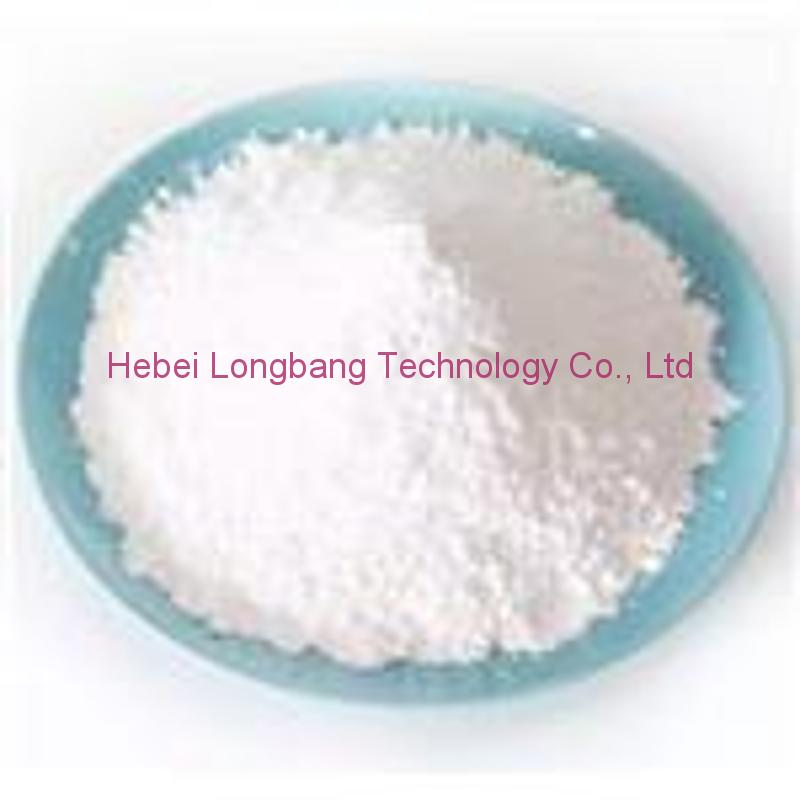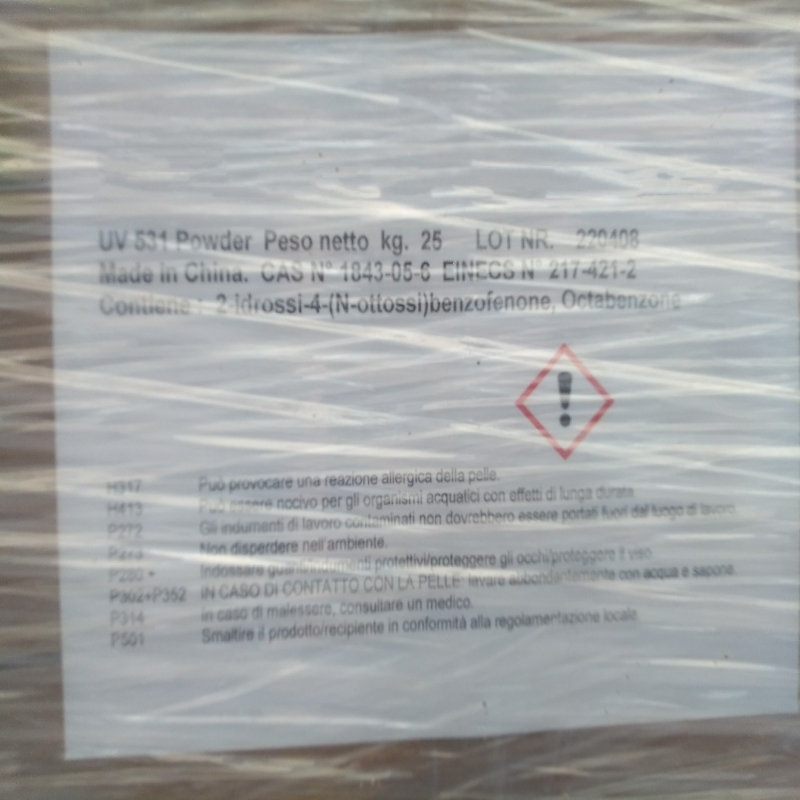-
Categories
-
Pharmaceutical Intermediates
-
Active Pharmaceutical Ingredients
-
Food Additives
- Industrial Coatings
- Agrochemicals
- Dyes and Pigments
- Surfactant
- Flavors and Fragrances
- Chemical Reagents
- Catalyst and Auxiliary
- Natural Products
- Inorganic Chemistry
-
Organic Chemistry
-
Biochemical Engineering
- Analytical Chemistry
-
Cosmetic Ingredient
- Water Treatment Chemical
-
Pharmaceutical Intermediates
Promotion
ECHEMI Mall
Wholesale
Weekly Price
Exhibition
News
-
Trade Service
According to IHS market data, falling prices of solar modules and inverters will drive the installed capacity of solar power in nearly 90 countries this
year.
IHS predicts in the report that 9 countries will increase solar capacity by more than 500 MW this year compared to last year, and the decline in module and inverter prices by 32% and 18% respectively in the past two years will lead to PV growth, and last year's oversupply in the cell and module market may reverse
in the second quarter.
The rise of the European photovoltaic industry
Against the backdrop of an increasing number of corporate PPAs, European PV demand will be the strongest year since 2012 and is expected to reach 18 GW
.
IHS sees more attractive cost competitiveness as the main driver
of Europe's solar renaissance.
The utility-scale market in Europe will be the biggest winner, accounting for 48% of installations, compared to 33%
last year.
"This growth is driven by tenders in Germany, France, the Netherlands and Spain, which will drive a 62% increase in the size of new utilities in Europe this year," the report said, noting that almost a quarter of new PV capacity will receive revenue
from private PPAs entered directly with large electricity consumers or energy traders.
The main markets for PPAs are Spain, Portugal and Italy
.
Retrofits and upgrades
Europe's aging PV facilities will be retrofitted, upgraded and re-powered
in 2019.
According to IHS Markit, the approximately 40 GW capacity plant has been in service for more than six years, and while older PV facilities benefit from generous incentive programs, aging technology and component defects will affect capacity, and equipment manufacturers seeking new sales channels see opportunities, especially in Germany, Italy, Spain and France
.
China will continue to drive global market dynamics
China's PV growth over the past eight years has been unprecedented, with 175 GW of installations
completed.
The national feed-in tariff policy stimulated the domestic market, and the country quickly strengthened its manufacturing base
.
China's National Development and Reform Commission has set out to push PV to grid parity, but according to IHS analysts, unsubsidized projects will generate little demand
this year.
Nevertheless, analysts predict that the Chinese market will stabilize at 40-50 GW
over the next four years.
IHS also said China will continue to support
this estimate by providing a framework that reflects its climate-sensitive agenda and protects its manufacturing base.
The analyst explained: "Any significant deviation from this path by China will have a significant impact
on the global outlook.
”
Utility-scale energy storage space is large
IHS said this year will see the first meaningful installations of utility-scale energy storage juxtaposed
with solar farms.
Most of the development will take place in North America, with a forecast of 500 MWh
.
Market growth in the U.
S.
will be driven
by the federal Investment Tax Credit program.
Last year, it was decided that the tax plan could also be applied to storage systems
co-located with utility-scale solar.
The IHS report notes that "projects for utility-scale PV systems with plans to add batteries in the U.
S.
have grown to more than 6 GW," but analysts caution that many projects are speculative.
However, they expect to build 2 GW of energy storage
in the next five years.
In addition to the United States, South Korea is another high-growth market
for large energy storage this year.
Fierce competition in the inverter market
Over the past five years, inverter prices have fallen by 61%, putting significant pressure
on manufacturers' profits and revenues.
As a result, many suppliers strive to diversify
their product portfolios by providing engineering, procurement, and construction services, as well as operations and maintenance.
Analysts say the trend will continue
.
To avoid commoditization of inverter products, suppliers must quickly take advantage of artificial intelligence, machine learning, IoT applications, and other new technologies
.
EV charging is expected to achieve high growth
over the next decade.
The race for module efficiency is heating up
Solar modules have improved efficiency by 25% over the past decade, and high-performance technologies such as monocrystalline cells are becoming mainstream
.
More efficient PERC cells could account for half of global production this year, up from 14 percent
in 2016.
"The possibility of using p-type PERC cells to reach mass production of 400 W modules in 2019 is currently under discussion," HIS said, "LONGi, Jinko, Canadian Solar and other first-tier brands have announced products
that will reach 400 W.
" However, bifacial modules may need to wait until 2020, or sooner, to achieve a commercial breakthrough
.
Until then, according to IHS Markit, the pilot project will provide more data
for investors to consider the technology.
The energy system is fully digitalized
About 30,000 new IoT PV inverters are shipped every day this year, reaching about 11 million units in 12 months
.
IHS said the industry will focus this year on how to create value
from the data they will provide.
Operations and management may be the first application area of this development, such as ABB, Schneider Electric and Siemens already offer a full range of IIoT platforms
.
In addition, this year is likely to see developments
in metering, monitoring and operations of more decentralized residential and grid-scale solar farms.
Even, the combination of accumulated data could lead to utility management packages, "for example, combining customer metering data, solar inverter output, and weather information that could enable utilities or grid operators to calculate and cover energy demand and better manage the grid
.
" ”
According to IHS market data, falling prices of solar modules and inverters will drive the installed capacity of solar power in nearly 90 countries this
year.
IHS predicts in the report that 9 countries will increase solar capacity by more than 500 MW this year compared to last year, and the decline in module and inverter prices by 32% and 18% respectively in the past two years will lead to PV growth, and last year's oversupply in the cell and module market may reverse
in the second quarter.
The rise of the European photovoltaic industry
The rise of the European photovoltaic industryAgainst the backdrop of an increasing number of corporate PPAs, European PV demand will be the strongest year since 2012 and is expected to reach 18 GW
.
IHS sees more attractive cost competitiveness as the main driver
of Europe's solar renaissance.
The utility-scale market in Europe will be the biggest winner, accounting for 48% of installations, compared to 33%
last year.
"This growth is driven by tenders in Germany, France, the Netherlands and Spain, which will drive a 62% increase in the size of new utilities in Europe this year," the report said, noting that almost a quarter of new PV capacity will receive revenue
from private PPAs entered directly with large electricity consumers or energy traders.
The main markets for PPAs are Spain, Portugal and Italy
.
Retrofits and upgrades
Retrofits and upgradesEurope's aging PV facilities will be retrofitted, upgraded and re-powered
in 2019.
According to IHS Markit, the approximately 40 GW capacity plant has been in service for more than six years, and while older PV facilities benefit from generous incentive programs, aging technology and component defects will affect capacity, and equipment manufacturers seeking new sales channels see opportunities, especially in Germany, Italy, Spain and France
.
China will continue to drive global market dynamics
China will continue to drive global market dynamicsChina's PV growth over the past eight years has been unprecedented, with 175 GW of installations
completed.
The national feed-in tariff policy stimulated the domestic market, and the country quickly strengthened its manufacturing base
.
China's National Development and Reform Commission has set out to push PV to grid parity, but according to IHS analysts, unsubsidized projects will generate little demand
this year.
Nevertheless, analysts predict that the Chinese market will stabilize at 40-50 GW
over the next four years.
IHS also said China will continue to support
this estimate by providing a framework that reflects its climate-sensitive agenda and protects its manufacturing base.
The analyst explained: "Any significant deviation from this path by China will have a significant impact
on the global outlook.
”
Utility-scale energy storage space is large
Utility-scale energy storage space is largeIHS said this year will see the first meaningful installations of utility-scale energy storage juxtaposed
with solar farms.
Most of the development will take place in North America, with a forecast of 500 MWh
.
Market growth in the U.
S.
will be driven
by the federal Investment Tax Credit program.
Last year, it was decided that the tax plan could also be applied to storage systems
co-located with utility-scale solar.
The IHS report notes that "projects for utility-scale PV systems with plans to add batteries in the U.
S.
have grown to more than 6 GW," but analysts caution that many projects are speculative.
However, they expect to build 2 GW of energy storage
in the next five years.
In addition to the United States, South Korea is another high-growth market
for large energy storage this year.
Fierce competition in the inverter market
Fierce competition in the inverter marketOver the past five years, inverter prices have fallen by 61%, putting significant pressure
on manufacturers' profits and revenues.
As a result, many suppliers strive to diversify
their product portfolios by providing engineering, procurement, and construction services, as well as operations and maintenance.
Analysts say the trend will continue
.
To avoid commoditization of inverter products, suppliers must quickly take advantage of artificial intelligence, machine learning, IoT applications, and other new technologies
.
EV charging is expected to achieve high growth
over the next decade.
The race for module efficiency is heating up
The race for module efficiency is heating upSolar modules have improved efficiency by 25% over the past decade, and high-performance technologies such as monocrystalline cells are becoming mainstream
.
More efficient PERC cells could account for half of global production this year, up from 14 percent
in 2016.
"The possibility of using p-type PERC cells to reach mass production of 400 W modules in 2019 is currently under discussion," HIS said, "LONGi, Jinko, Canadian Solar and other first-tier brands have announced products
that will reach 400 W.
" However, bifacial modules may need to wait until 2020, or sooner, to achieve a commercial breakthrough
.
Until then, according to IHS Markit, the pilot project will provide more data
for investors to consider the technology.
The energy system is fully digitalized
The energy system is fully digitalizedAbout 30,000 new IoT PV inverters are shipped every day this year, reaching about 11 million units in 12 months
.
IHS said the industry will focus this year on how to create value
from the data they will provide.
Operations and management may be the first application area of this development, such as ABB, Schneider Electric and Siemens already offer a full range of IIoT platforms
.
In addition, this year is likely to see developments
in metering, monitoring and operations of more decentralized residential and grid-scale solar farms.
Even, the combination of accumulated data could lead to utility management packages, "for example, combining customer metering data, solar inverter output, and weather information that could enable utilities or grid operators to calculate and cover energy demand and better manage the grid
.
" ”







